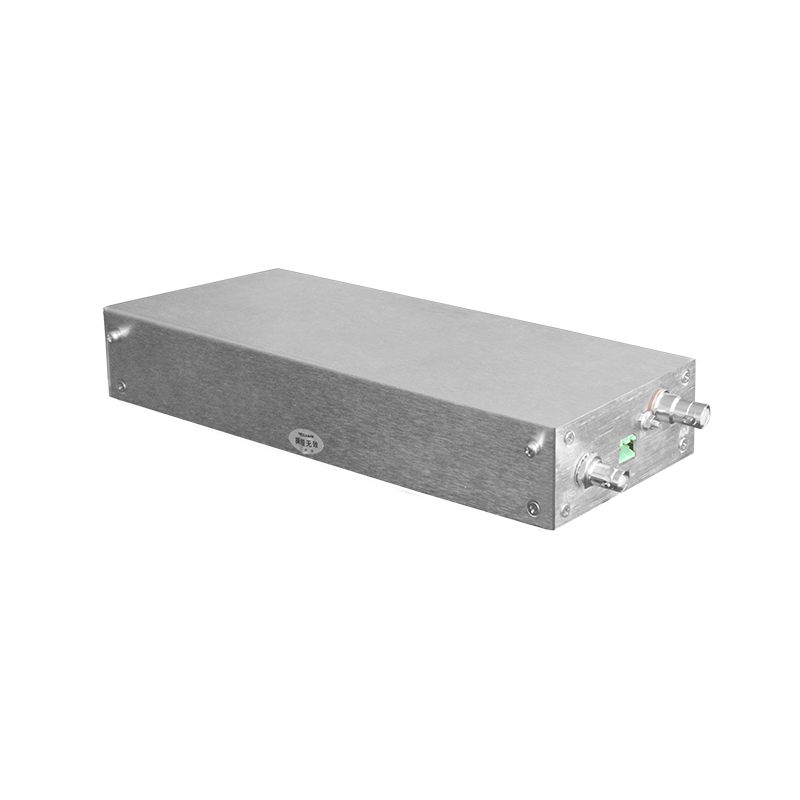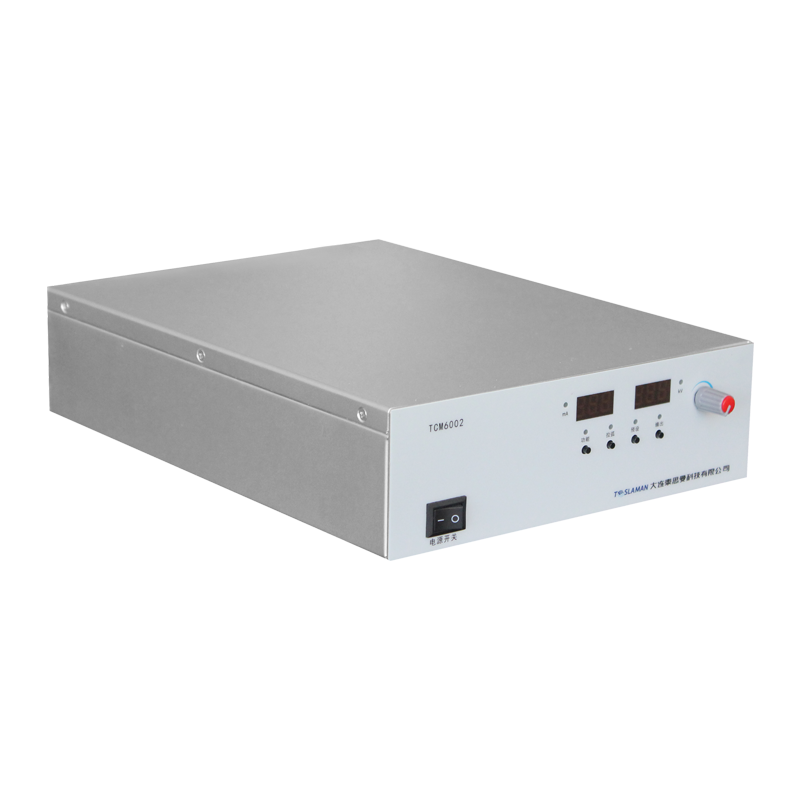Technological Evolution and Application Prospects of High-Voltage Pulse Power Supplies for Excimer Lasers
I. Technical Background
Excimer lasers (operating at 157-353 nm) serve as core deep-ultraviolet (DUV) light sources, with performance directly dependent on the precision and reliability of high-voltage pulse power supplies. Traditional thyratron-based power supplies face severe limitations: at high repetition rates (e.g., 6 kHz for ArF lasers in lithography), thyratrons last only ~50 hours (≈10⁹ pulses), hindering continuous industrial operation. All-solid-state pulsed power modules (SSPPM), combining semiconductor switches with magnetic pulse compression (MPC), have emerged as a breakthrough solution.
II. Core Technological Breakthroughs
All-Solid-State Power Architecture
Semiconductor Switches Replace Thyratrons: IGBTs or MOSFETs coupled with multi-stage MPC circuits compress microsecond-scale pulses to nanoseconds (<100 ns), matching the short upper-level lifetime (10⁻⁸ s) of excimer media.
Enhanced Longevity and Stability: Solid-state components exhibit no physical degradation, enabling infinite theoretical lifespan. Lithography sources exceed 10⁹ pulses without performance decline.
Nanosecond Pulse Driving Technology
Optimized circuit topologies (e.g., modified half/full-bridge) achieve steep current rise/fall edges (<20 ns), concentrating energy release. Tests show nanosecond pulsing boosts peak UV power by 40× and average power by 4× compared to sinusoidal drives.
Closed-Loop Stability Control
Energy Feedback Systems: Real-time pulse energy monitoring adjusts DC high-voltage references (0.5‰ precision) or gas composition (e.g., F₂ concentration in ArF lasers), maintaining energy stability within ±0.5%.
Gas Management: Integrated electrostatic filters, gas purifiers, and cold traps absorb impurities, extending gas lifetime from 3 to 15 days.
III. Multidisciplinary Applications
Semiconductor Lithography
193 nm ArF light sources require 120 W average power, 6 kHz repetition rates, and 0.35 pm (E95) linewidth. SSPPM-driven master oscillator power amplifier (MOPA) cavities deliver narrow linewidths and high power simultaneously, supporting sub-7 nm processes.
Medical and Disinfection Applications
Ophthalmic Surgery (LASIK): 193 nm lasers enable photochemical (non-thermal) corneal ablation with 0.25 μm/pulse precision, relying on mJ-level energy stability.
222 nm Far-UVC Disinfection: Nanosecond-pulsed excimer lamps achieve 99.9987% viral inactivation in 0.3 seconds, leveraging peak power enhancement.
Industrial Micromachining
MicroLED Manufacturing: 308 nm XeCl lasers for low-temperature polysilicon annealing (LTPS) and flexible substrate lift-off (LLO) demand 450 mJ/pulse at 100 Hz. Modular SSPPM designs reduce costs by 30% while improving uptime.
IV. Future Development Trends
High-Power Integration: Compact multi-stage MPC modules supporting >1 kJ/pulse and >1 kHz repetition rates for industrial applications.
Intelligent Control: AI algorithms predicting gas degradation to dynamically optimize discharge parameters, reducing operational costs.
New Material Adoption: Wide-bandgap semiconductors (SiC/GaN) enhancing power efficiency (>95%) and thermal management.
Conclusion
Innovations in high-voltage pulse power supplies are pivotal for unlocking the full potential of excimer lasers. All-solid-state architectures and nanosecond-precision drives are pushing lithography, medicine, and display manufacturing toward higher resolution and lower cost. As power density and intelligence continue to advance, this technology will play an increasingly critical role in frontier manufacturing and life sciences.




















